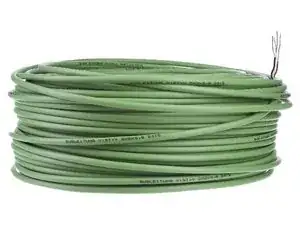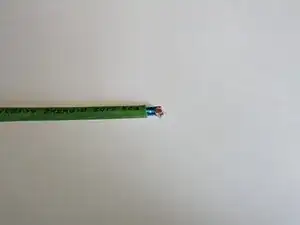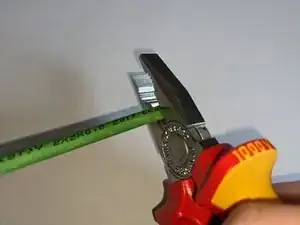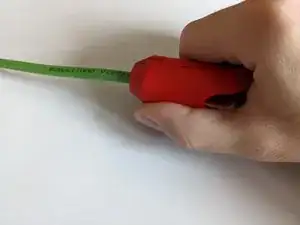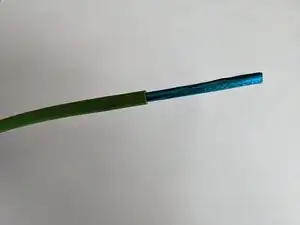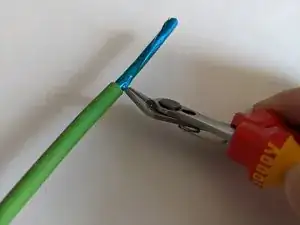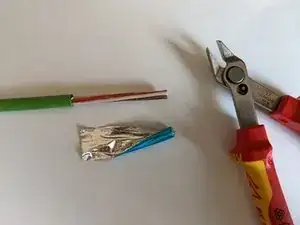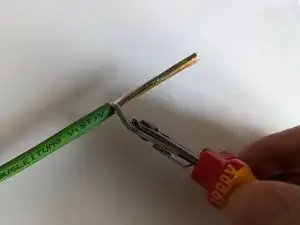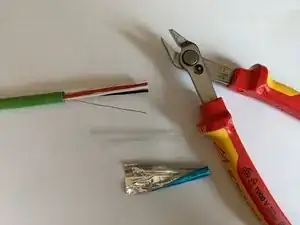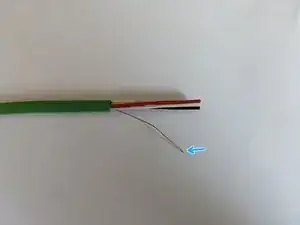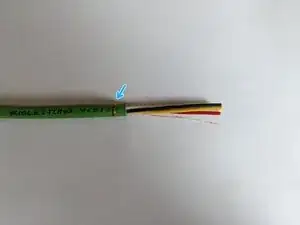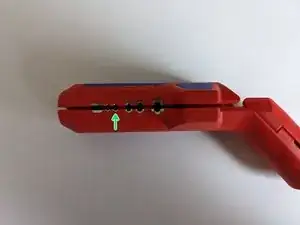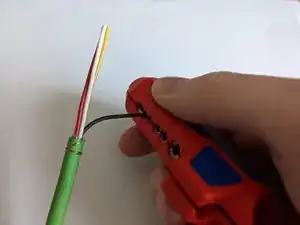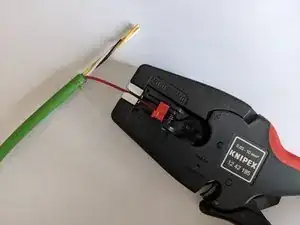Introduction
J-Y(St)Y cables are a type of multi-conductor cable commonly used for low voltage signal transmission in various applications such as telecommunications, data processing, and industrial control systems.
The cable consists of multiple twisted pairs of insulated copper wires with an overall shield made of aluminum foil or copper braid. The shield provides protection against electromagnetic interference (EMI) and crosstalk between the individual pairs.
The number in the designation (e.g. "2x2x0,8") indicates the number of conductors and their cross-sectional area. For example, a J-Y(ST)Y 2x2x0,8 cable has two pairs of conductors, each with a cross-sectional area of 0.8 square millimeters.
J-Y(St)Y cables are often used in structured cabling systems for connecting various devices such as computers, switches, and routers to each other and to the central control system. They are designed for indoor use and can be installed in conduit, cable trays, or directly in walls or ceilings.
Tools
-
-
Grip the cable with a stripping tool for communication cables and twist it to cut the mantle.
-
Pull off the mantle.
-
-
-
Unwrap the shielding a bit and nick it at the base with some electronics side cutters.
-
Rip off the shielding.
-
-
-
Unwrap the foil a bit and nick it at the base with some electronics side cutters.
-
Rip off the foil.
-
-
-
Grip the wire with the 0.8 mm notch and pull off the insulation or use automatic wire strippers.
-
Good luck on your next project!
